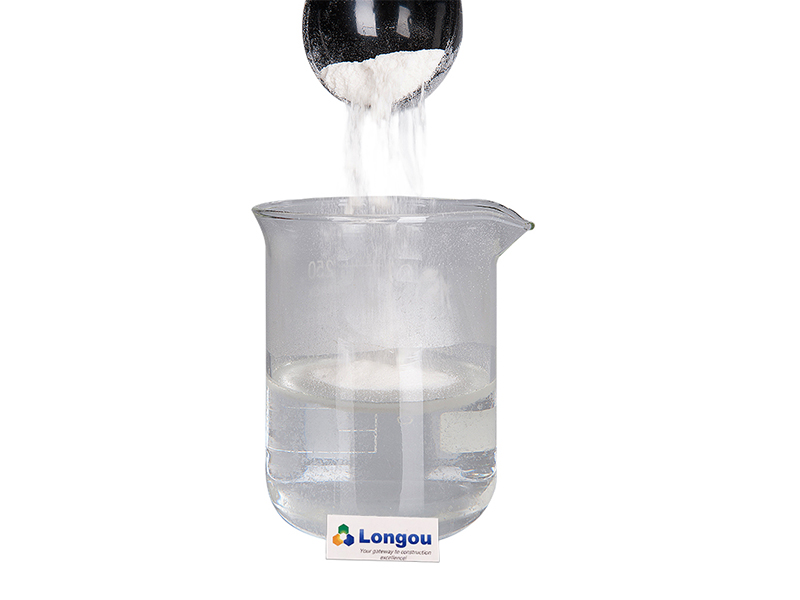Cellulose ether has a certain retarding effect on mortar. With the increase of the dosage of cellulose ether, the setting time of the mortar prolongs. The retarding effect of cellulose ether on cement paste mainly depends on the degree of substitution of the alkyl group, while has little to do with its molecular weight.
The smaller the degree of alkyl substitution, the larger the hydroxyl content, and the more obvious the retarding effect. And the higher the dosage of cellulose ether, the more obvious the delaying effect of the complex film layer on the early hydration of cement, so the retarding effect is also more obvious.
Strength is one of the important evaluation indexes for the curing effect of cement-based cementitious materials on the mixture. When the dosage of cellulose ether increases, the compressive strength and flexural strength of mortar will decrease. The tensile bonding strength of cement mortar mixed with cellulose ether is improved; The flexural and compressive strength of cement mortar are reduced, and the greater the dosage, the lower the strength;
After mixing hydroxypropyl methyl cellulose ether, with the increase of the dosage, the flexural strength of cement mortar first increases and then decreases, and the compressive strength gradually decreases. The optimal dosage should be controlled at 0.1%.

Cellulose ether has a great influence on the bonding performance of mortar. Cellulose ether forms a polymer film with a sealing effect between the cement hydration particles in the liquid phase system, which promotes more water in the polymer film outside the cement particles, which is conducive to the complete hydration of the cement, thus improving the bond strength of the paste after hardening.
At the same time, an appropriate amount of cellulose ether enhances the plasticity and flexibility of the mortar, reduces the rigidity of the transition zone between the mortar and the substrate interface, and reduces the sliding ability between the interfaces. To a certain extent, the bonding effect between the mortar and the substrate is enhanced.
In addition, due to the presence of cellulose ether in the cement paste, a special interface transition zone and interface layer are formed between the mortar particles and the hydration product. This interface layer makes the interface transition zone more flexible and less rigid. So , it makes the mortar has strong bond strength.
Post time: Jun-02-2023





